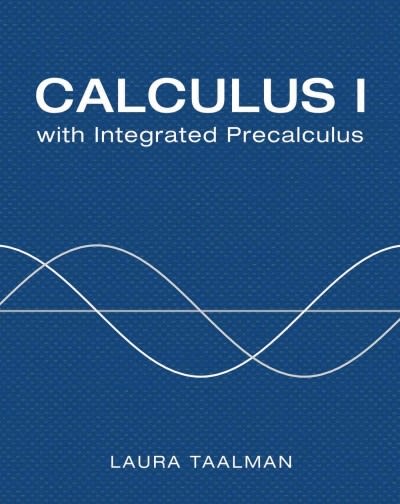I MINI-PROJECT 8-1 A study conducted by the Oregon Employment Agency and Bureau of Labor Statistics included information on the average annual salaries for a variety of jobs identied by high school students as being careers of interest. The following table contains this information from that study. Occupation Average Salary {$) Educational Requirement Accountant 63,018 Bachelor's degree ngrarruners 20,644 Bachelor's degree Applications software designer 88,643 Bachelor's degree Systems software designer 104,005 Bachelor's degree Fashion designer 66,544 Bachelor's degree Fireghter 52,248 Postsecondary training Forensic scientist 57,88? Bachelor's degree Photographer 39,534 On-the-j ob training Physician or surgeon 180,390 Professional degree Police ofcer 59,088 On-the-job training Preschool teacher 25,01",l Associate degree Elementary school teacher 52,549 Bachelor's degree High school teacher 52,919 Bachelor's degree Postsecondary school teacher 72,289 Master's degree Veterinarian 80,1' 88 Professional degree Source: Oregon Employment Department and Bureau of Labor Statistics. The study did not mention sample sizes for the average salary calculations, nor were any stand- ard deviations provided. For the purpose of this mini-project, we will assume that the average salaries were calculated using random samples of 50 workers from each occupation and that the distribution of salaries is approximately normal for each occupation. Furthermore, we will assume that the sample standard deviation for each of the listed occupations is equal to 10% of the average salary. For example, the sample standard deviation of the accountants' salaries will be $6301.80, the sample standard deviation of the programmers' salaries will be $7064.40, and so on. Calculate a 95% condence interval for the population mean that corresponds to each of the sample average salaries listed in the table. Compare the intervals for the various occupa- tions. Based on these intervals, rank these occupations from highest to lowest salary. Identify the occupations that have overlapping condence intervals. What do you conclude about the average salaries of the occupations that have overlapping condence intervals? Explain your reasoning







